In today’s blog, we dive deep into the fascinating world of Altcoins and ICOs – Initial Coin Offerings. We will explore the various types of cryptocurrencies that exist besides Bitcoin and unravel the complexities of ICOs. By the end of this article, you’ll have a solid understanding of these topics, helping you navigate the dynamic landscape of digital currencies.
In the world of cryptocurrencies, Bitcoin often grabs the spotlight. Yet, there’s a vast and diverse ecosystem of other digital currencies known as altcoins.
This section delves deeper into the concept of altcoins, exploring their purpose, unique features, and the impact they have on the broader cryptocurrency market.
What Are Altcoins?
Altcoins, short for alternative coins, contain all cryptocurrencies other than Bitcoin. They emerged because Bitcoin, despite being the pioneering and most renowned cryptocurrency, has its limitations.
Altcoins aims to address these shortcomings by offering enhanced features or introducing entirely new functionalities.
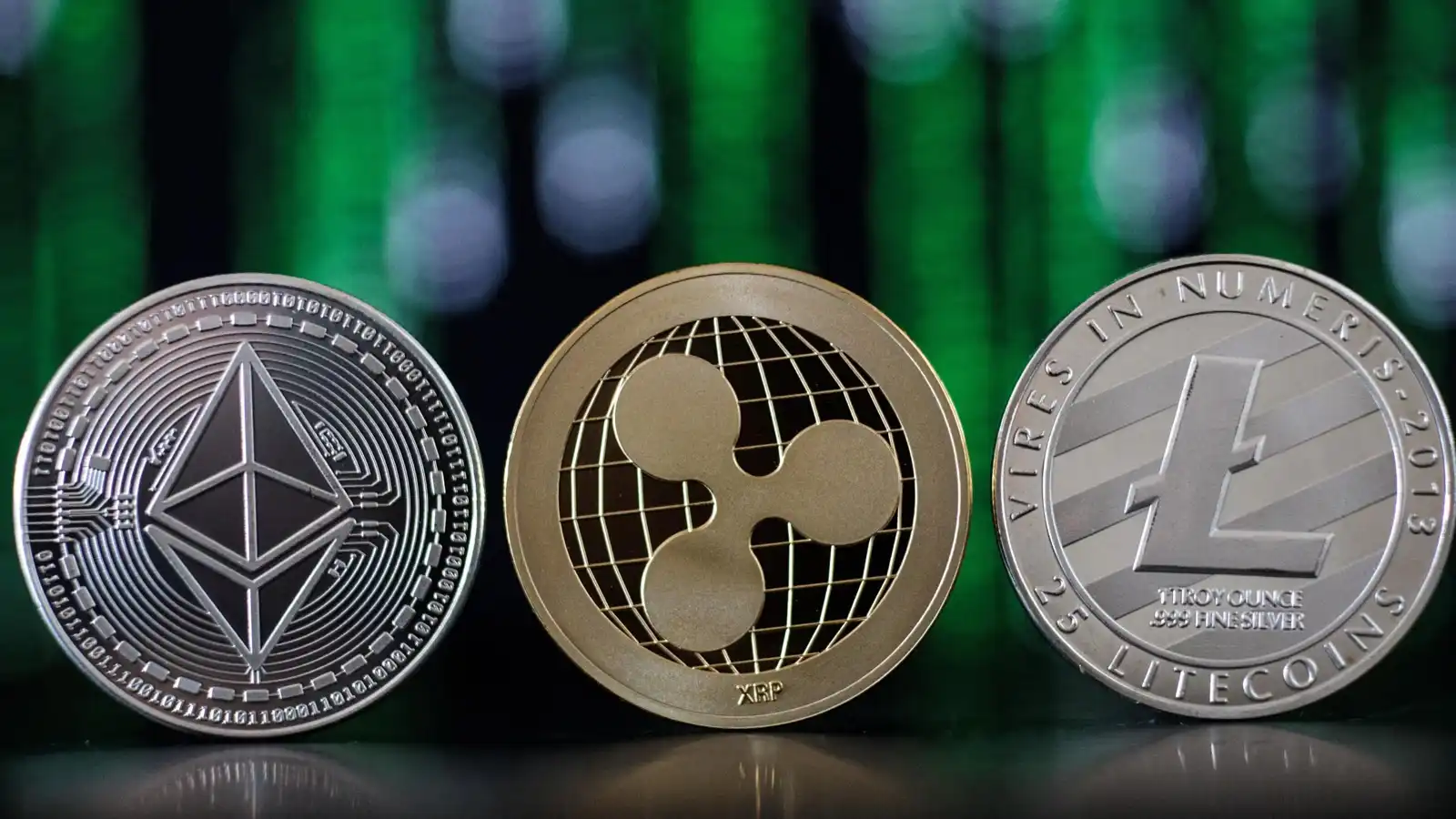
Why Do We Need Altcoins?
Bitcoin is a decentralized digital currency that operates without a central authority or bank. It was created in 2009 by an anonymous person or group known as Satoshi Nakamoto. Bitcoin uses peer-to-peer technology to facilitate instant payments, and transactions are recorded on a public ledger called the blockchain.
Unlike traditional currencies, Bitcoin is not tied to any physical commodity and is based on cryptographic principles that ensure security and transparency. It has gained popularity for its potential as a store of value, a medium of exchange, and a hedge against inflation.
Bitcoin, while revolutionary, is not perfect. It has scalability issues, slow transaction times, and energy-intensive mining processes.
Altcoins strives to improve upon these aspects. For instance, some altcoins focus on faster transaction times, while others emphasize enhanced privacy features. This diversification helps meet different needs within the cryptocurrency community.
Examples of Popular Altcoins
Popular altcoins like Ethereum, Litecoin, and Ripple have each carved out their places in the cryptocurrency market. These digital currencies offer unique features and improvements over Bitcoin, making them attractive to different types of users and investors.
Litecoin
Litecoin was created by Charlie Lee in 2011 as a “lighter” version of Bitcoin. It offers faster transaction confirmations, making it more suitable for smaller transactions.
Litecoin’s block generation time is about 2.5 minutes, compared to Bitcoin’s 10 minutes, allowing for quicker processing.
Ripple
Ripple (XRP) is unique in its focus on real-time cross-border payments. Launched in 2012, Ripple aims to facilitate smooth international money transfers with minimal fees.
Unlike Bitcoin, Ripple doesn’t rely on mining; instead, it uses a consensus algorithm, making transactions much faster and more energy-efficient.
Dash and Monero
Altcoins like Dash and Monero prioritize anonymity and privacy. Dash, originally known as Darkcoin, offers features like PrivateSend, which makes transactions untraceable.
Monero goes even further with its use of ring signatures and stealth addresses, ensuring that both the sender and receiver’s identities, as well as the transaction amount, remain private.
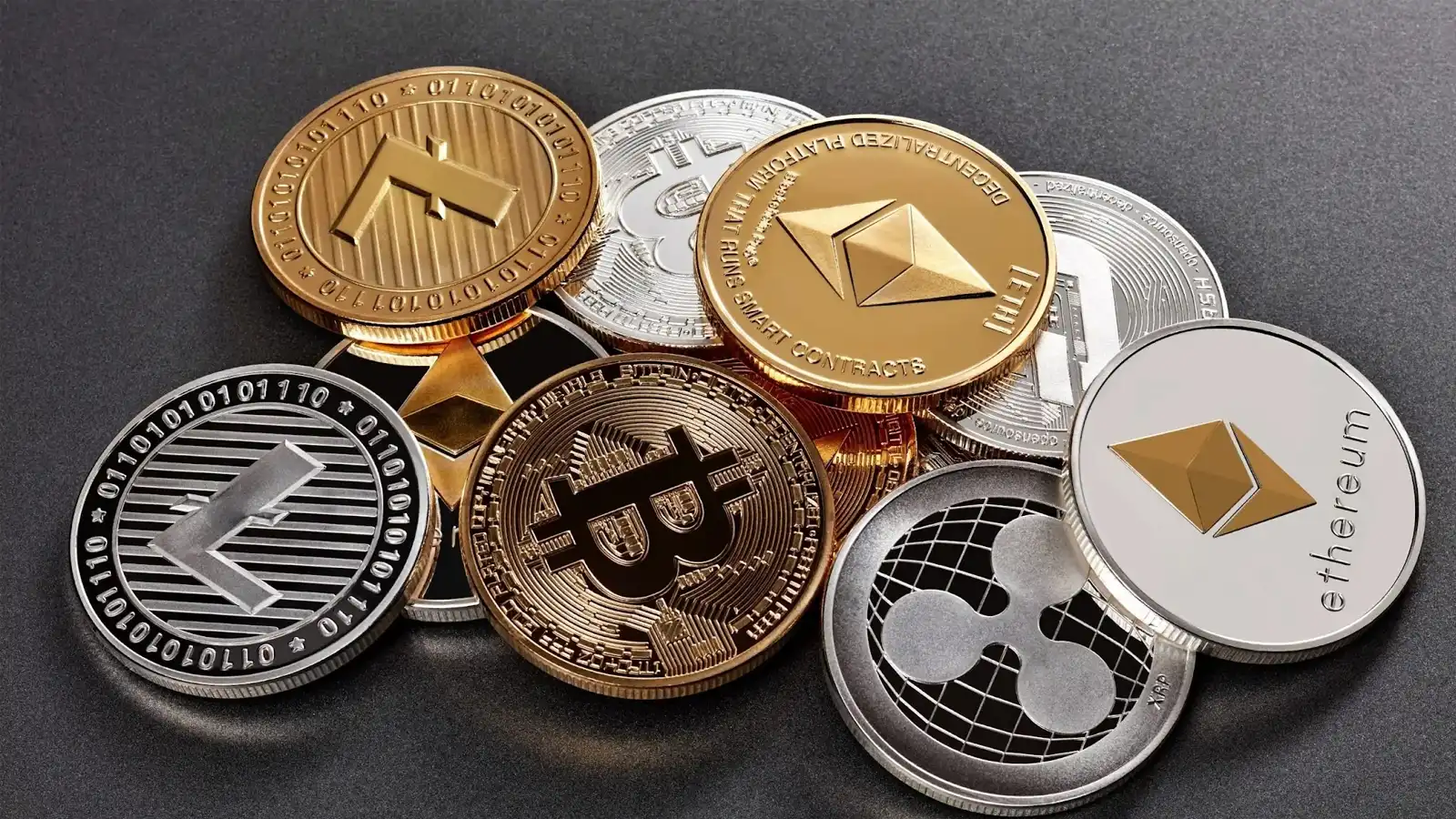
Mining Differences
Bitcoin and altcoins often use different mining algorithms, requiring distinct hardware and processes. While Bitcoin relies on the SHA-256 algorithm, many altcoins like Litecoin use Scrypt, leading to variations in mining efficiency and hardware requirements.
Bitcoin’s SHA-256 Algorithm
Bitcoin utilizes the SHA-256 (Secure Hash Algorithm 256-bit) for its mining process. This algorithm requires significant computational power, leading to the use of specialized hardware known as ASICs (Application-Specific Integrated Circuits).
Litecoin’s Scrypt Algorithm
Litecoin, on the other hand, employs the Scrypt algorithm, which is designed to be less intensive on computational resources. This makes it more accessible to individual miners using standard computer hardware.
Scrypt requires more memory than SHA-256, making ASIC development more challenging and helping maintain a level of decentralization.
Other Mining Algorithms
Different altcoins use various mining algorithms to suit their specific needs and goals.
For instance, Ethereum initially used Ethash, designed to be ASIC-resistant, promoting decentralization by allowing more people to participate in mining.
But, Ethereum is transitioning to a proof-of-stake model, which will eliminate mining altogether.
Market Cap and Popularity
Market cap is a key metric for understanding the popularity and market position of cryptocurrencies. While Bitcoin has long dominated the market, the rise of altcoins has diversified the landscape, with some altcoins gaining significant market share and popularity.
Measuring Market Cap
Market capitalization, or market cap, is an important metric for evaluating the popularity and value of a cryptocurrency. It’s calculated by multiplying the total number of coins in circulation by the current price per coin.
For example, if there are 16 million Litecoins in circulation and each is worth $100, the market cap would be $1.6 billion.
Popular Altcoins by Market Cap
While thousands of altcoins exist, only a select few have gained significant traction and market cap. Ethereum, for instance, has consistently held the second-largest market cap after Bitcoin.
Other notable altcoins with substantial market caps include Binance Coin (BNB), Cardano (ADA), and Polkadot (DOT).
Factors Influencing Popularity
Several factors control an altcoin’s popularity and market cap, including:
- Technology and Features: Innovations and unique features that solve real-world problems can boost an altcoin’s popularity.
- Community Support: A strong, active community can drive interest and adoption.
- Market Sentiment: News, partnerships, and broader market trends can significantly impact an altcoin’s market cap.
The Role of Altcoins in the Cryptocurrency Ecosystem
Altcoins play a critical role in the cryptocurrency ecosystem by offering alternatives to Bitcoin. They bring innovation, address specific issues, and introduce new features, thus driving the overall growth and evolution of the market.
Diversification and Innovation
Altcoins play a vital role in diversifying the cryptocurrency market. By introducing new technologies and innovative features, they push the boundaries of what digital currencies can achieve. This continuous innovation helps address various issues, from transaction speed and privacy to scalability and usability.
Investment Opportunities
For investors, altcoins offer numerous opportunities to diversify their portfolios. While investing in altcoins can be risky due to market volatility, it also presents the potential for high returns, especially with early investment in promising projects.
Challenges and Risks
Despite their potential, altcoins come with challenges and risks. The cryptocurrency market is highly volatile, and many altcoins fail to gain traction or achieve their goals. Investors should conduct thorough research and due diligence before investing in any altcoin.
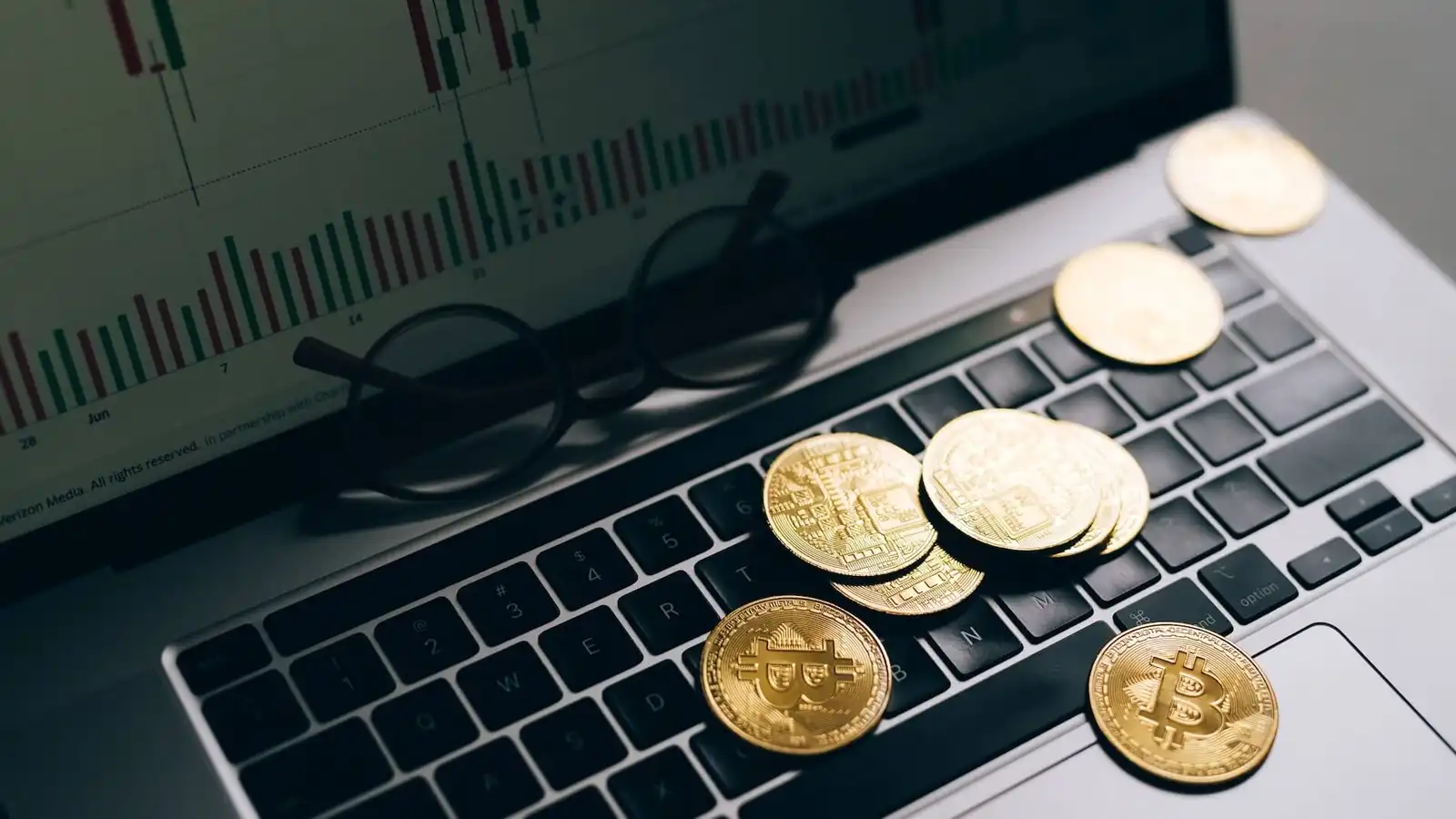
How to Invest in Altcoins
Investing in altcoins requires careful research and strategy. It’s important to understand the unique features of each altcoin, assess their market potential, and stay informed about the latest trends and developments in the cryptocurrency space.
Research and Due Diligence
Before investing in any altcoin, it’s essential to understand what makes it unique and how it differs from Bitcoin or other cryptocurrencies.
Read the whitepaper, analyze the team behind the project, and look into the altcoin’s community and market cap.
Avoiding Scams
Unfortunately, the cryptocurrency market is rife with scams and fraudulent projects. Be careful of “pump and dump” schemes where the coin’s creators generate buzz to inflate the price, only to sell off their holdings at a profit, leaving other investors with worthless coins.
Market Cap and Community Involvement
Check the altcoin’s market cap to gauge its popularity and acceptance within the community. Engage with the coin’s community through forums, social media, and other platforms to get a sense of its legitimacy and potential for success.
Introduction to ICOs
In the ever-evolving world of cryptocurrencies, Initial Coin Offerings (ICOs) have emerged as a popular method for raising funds. This guide will delve into the intricacies of ICOs, explore successful and disastrous examples, and discuss the associated risks and rewards.
By the end, you’ll have a thorough understanding of ICOs and how to evaluate them.

What Is an ICO?
ICOs, or Initial Coin Offerings, are a fundraising mechanism used by cryptocurrency projects. Much like an Initial Public Offering (IPO) in the traditional finance world, an ICO allows the public to invest in a project.
But, instead of buying shares, investors purchase tokens or coins specific to the project.
The ICO Process
When a project decides to launch an ICO, it typically releases a whitepaper. This document outlines the project’s goals, funding requirements, the technical details of the project, and the duration of the ICO.
Investors buy the project’s tokens at a predetermined price, hoping that the project will succeed and the value of the tokens will increase.
How ICOs Differ from IPOs
While IPOs are heavily regulated and involve selling shares of a company, ICOs are largely unregulated and involve selling digital tokens. This lack of regulation can make ICOs more accessible to startups but also increases the risk for investors.
How ICOs Work
ICOs, or Initial Coin Offerings, are a popular method for new cryptocurrency projects to raise capital.
During an ICO, investors purchase tokens from the project in exchange for established cryptocurrencies like Bitcoin or Ethereum, with the hope that the project’s value will increase over time.
The Whitepaper
The whitepaper is an important element of any ICO. It provides detailed information about the project, including:
- Project Vision: What the project aims to achieve and how it plans to disrupt or improve a particular industry.
- Technical Details: The underlying technology and how the project will be implemented.
- Funding Requirements: The amount of money needed to bring the project to life.
- Token Distribution: How the tokens will be allocated among the team, investors, and other stakeholders.
- Roadmap: Key milestones and timelines for the project’s development.
Investing in ICOs
Investors participate in an ICO by sending funds, usually in the form of cryptocurrencies like Bitcoin or Ethereum, to the project’s wallet. In return, they receive the project’s tokens, which can later be traded or used within the project’s ecosystem.
Post-ICO Development
If the ICO meets its funding goals, the project team will use the raised funds to develop the project. This phase involves building the technology, marketing the project, and achieving the milestones outlined in the whitepaper.

Successful and Disastrous ICOs
ICOs have seen both spectacular successes and disastrous failures. While some projects, like Ethereum, have delivered significant returns to early investors — others — such as the DAO, have suffered major setbacks due to security flaws and mismanagement.
Successful ICOs
Ethereum ICO: One of the most notable ICOs was Ethereum’s in 2014. Ethereum raised over $18 million, and early investors saw massive returns as the value of Ether (ETH) skyrocketed.
Today, Ethereum is the second-largest cryptocurrency by market cap, and its platform is the foundation for many other blockchain projects.
Disastrous ICOs
The DAO Project: The DAO (Decentralized Autonomous Organization) project is a prime example of a disastrous ICO. It raised $150 million in 2016 but suffered a significant hack due to a flaw in its code.
A hacker managed to drain a third of the funds, leading to a split in the Ethereum network and the creation of Ethereum Classic (ETC).
Risks and Rewards of ICOs
Investing in ICOs can be highly attractive but comes with actual risks. The potential for high returns is appealing, but the unregulated nature of ICOs makes them vulnerable to scams and volatile market behavior.
High-Risk, High-Reward Nature
ICOs can offer high rewards, but they also come with high risks. The potential for quick profits attracts many investors, but this hype can lead to price volatility. Once the initial excitement fades, prices can drop sharply, leaving late investors with major losses.
Regulatory and Security Concerns
Unlike IPOs, ICOs are largely unregulated, making them a target for scammers. The ease of setting up an ICO means many low-quality projects enter the market. Investors must exercise caution and conduct thorough research to avoid falling victim to scams.
Evaluating an ICO
To eliminate risks, it’s important to thoroughly evaluate an ICO before investing. Here are some key steps:
- Read the Whitepaper: Ensure you understand the project’s vision, technology, and roadmap.
- Research the Team: Investigate the backgrounds of the project’s founders and developers. A strong team with a proven track record is a good indicator of a project’s potential success.
- Community and Market Presence: Look for active engagement from the community and a solid presence in relevant forums and social media platforms.
- Token Distribution: Understand how the tokens will be distributed and whether the allocation seems fair and transparent.
- Funding Goals: Be cautious of projects with excessive funding goals. Overfunding can lead to inefficiencies and lack of focus.

Real-World Examples of ICOs
Examining real-world examples of ICOs helps to understand their impact and potential. From the wildly successful Ethereum ICO to the disastrous DAO project, these cases illustrate both the opportunities and risks involved in investing in Initial Coin Offerings.
The Hype Cycle
Many ICOs generate noteworthy hype, attracting investors with the promise of groundbreaking technology and substantial returns. However, not all projects live up to their promises.
The hype can drive prices up initially, but without a solid foundation, these projects often fail to deliver, resulting in sharp price declines.
The Case of Useless Ethereum Token
One developer created the “Useless Ethereum Token” as a satire to highlight the absurdity of some ICO investments. The project openly stated that it was useless, yet it still managed to raise over $60,000. This example underscores the importance of due diligence and skepticism in the ICO market.
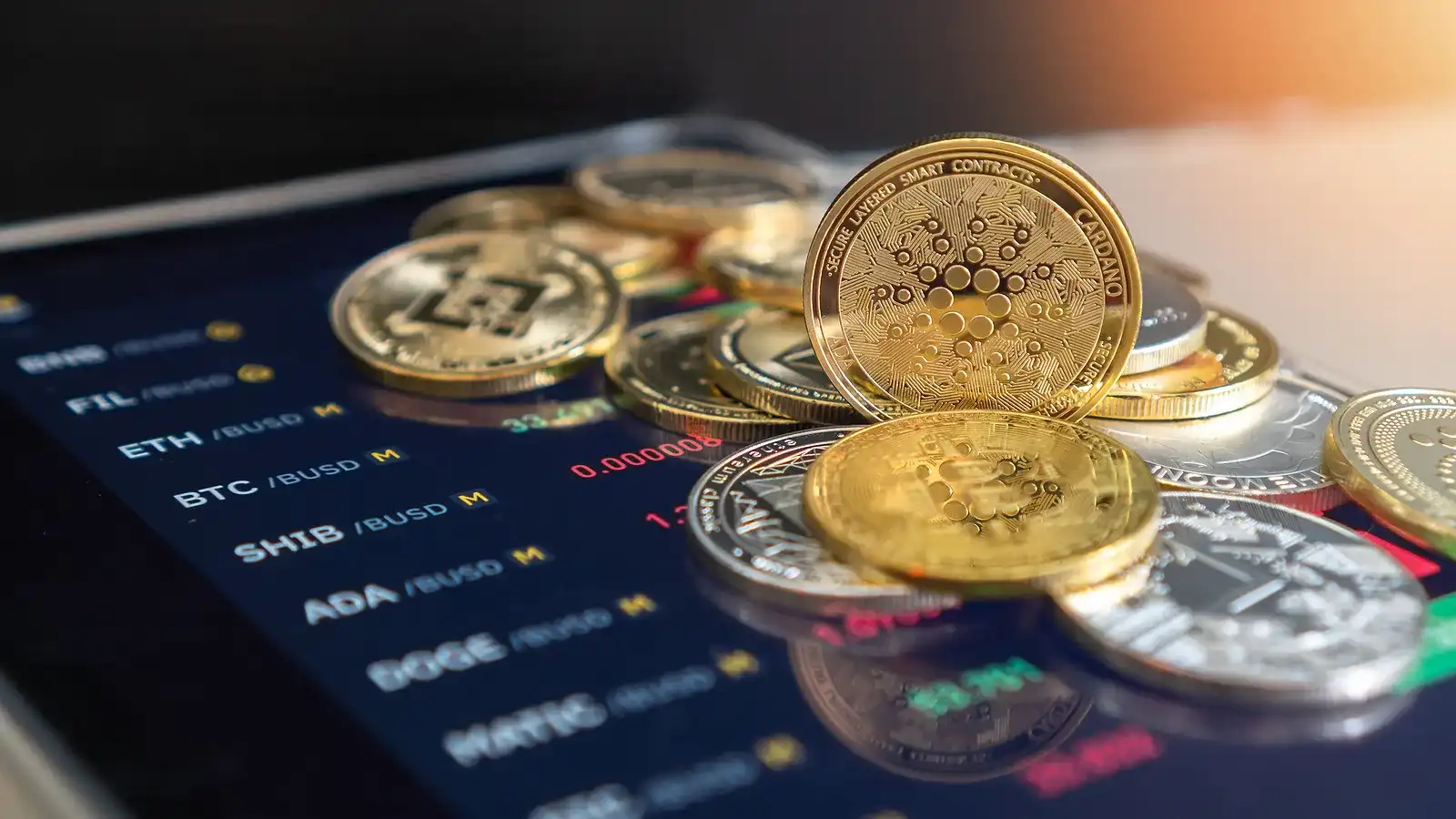
Understanding altcoins and ICOs is necessary for anyone who is interested to buy cryptocurrency. By staying informed and cautious, you can make better investment decisions and protect your digital assets. Whether you’re investing in altcoins or participating in ICOs, thorough research, and due diligence are your best tools for success.
That wraps up today’s lesson on altcoins and ICOs. We hope you found this information helpful and informative. Stay tuned for more insights in our next blog post!
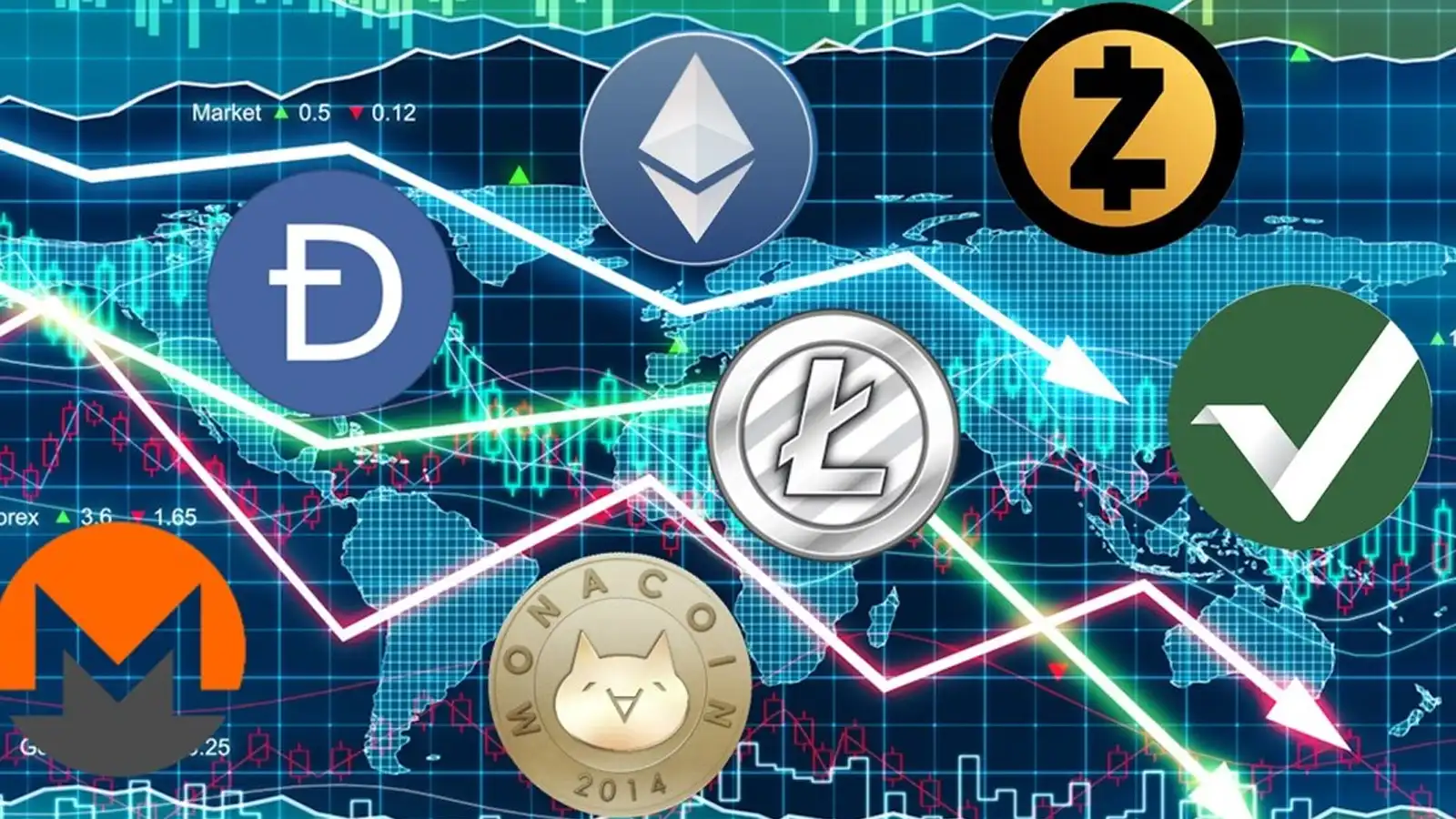


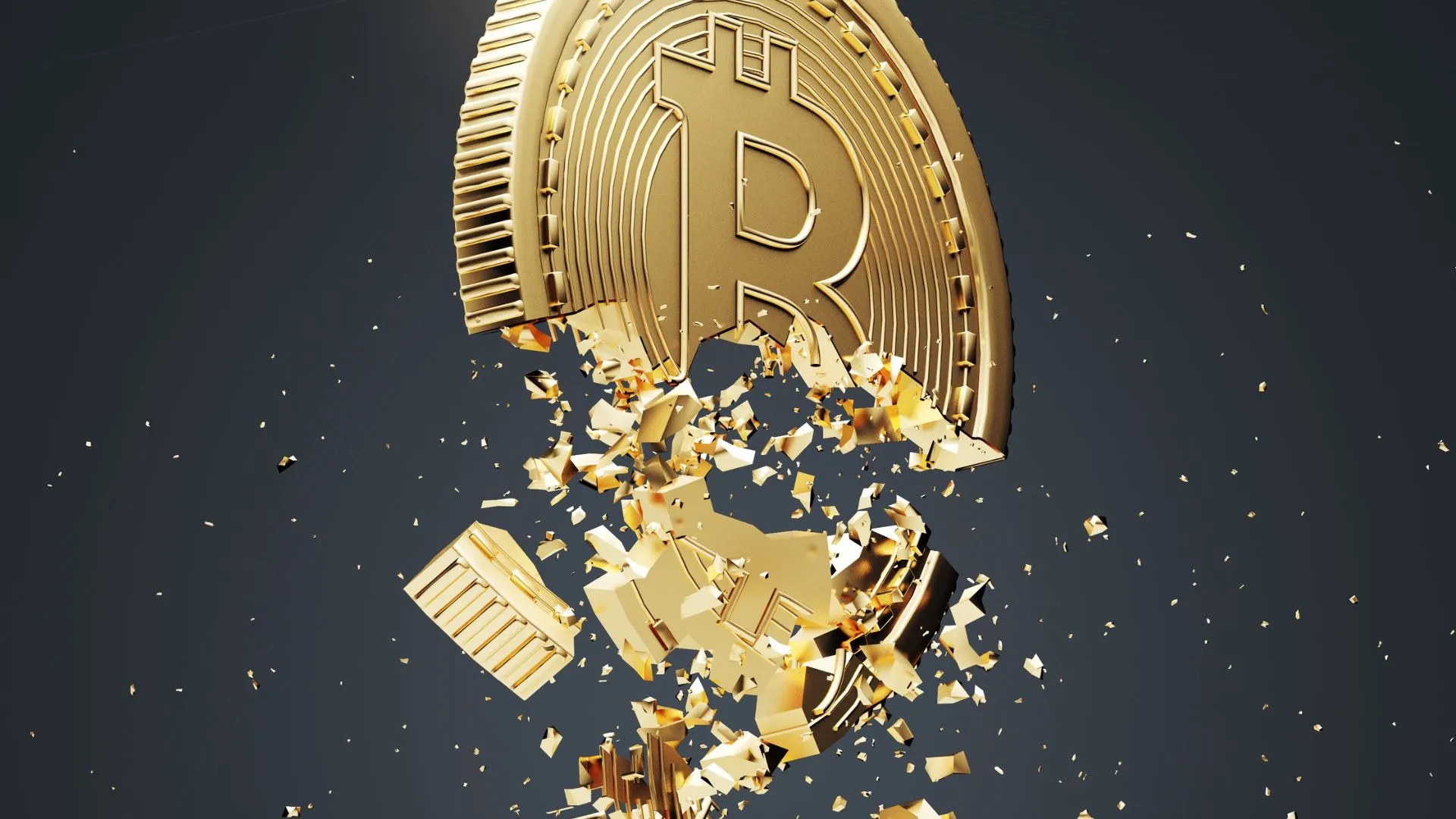
Recent Comments